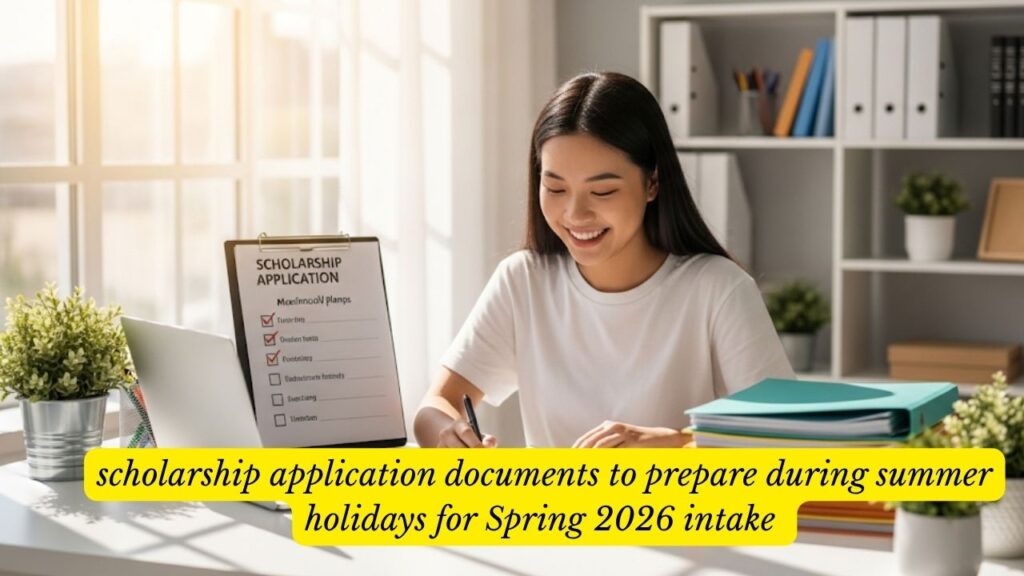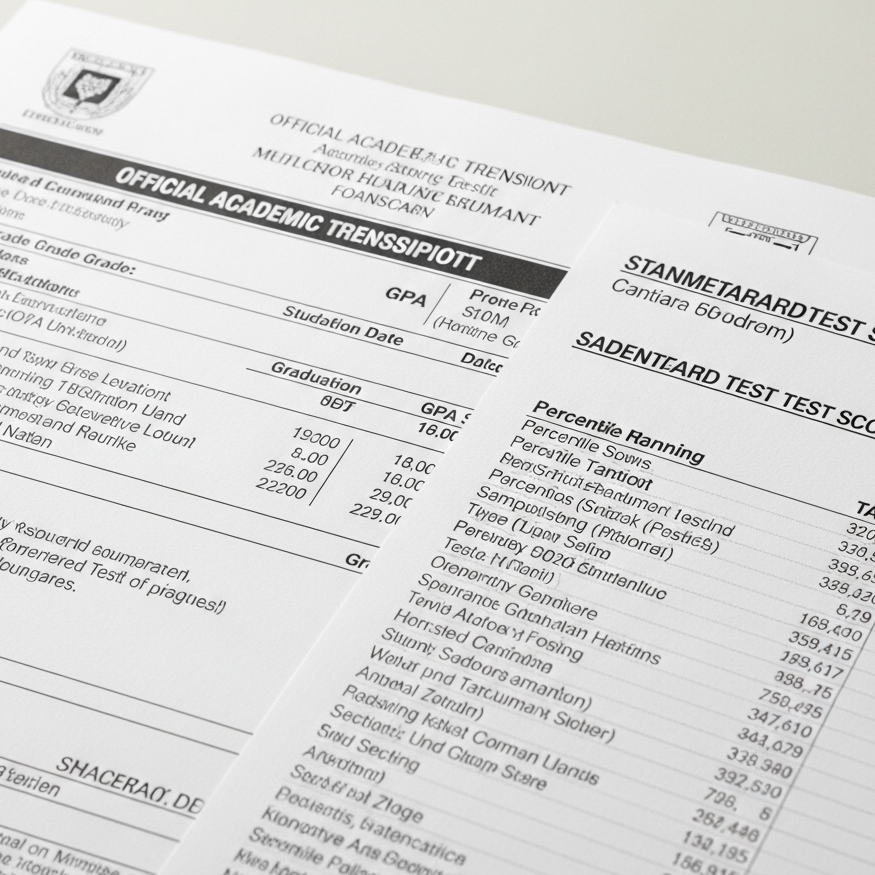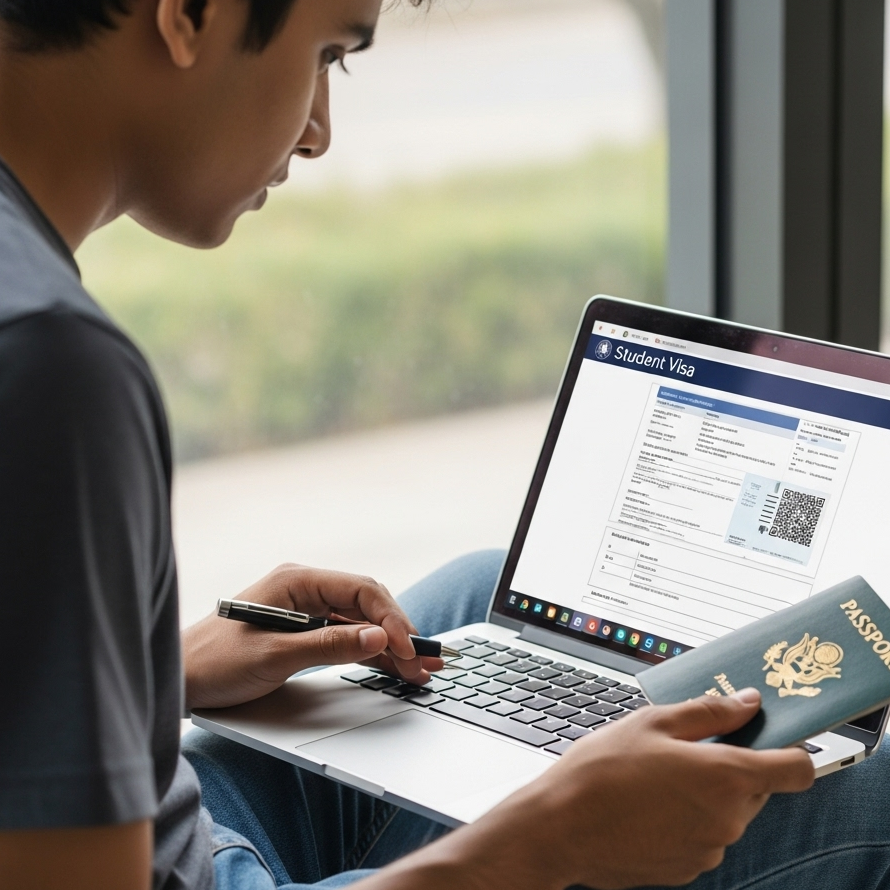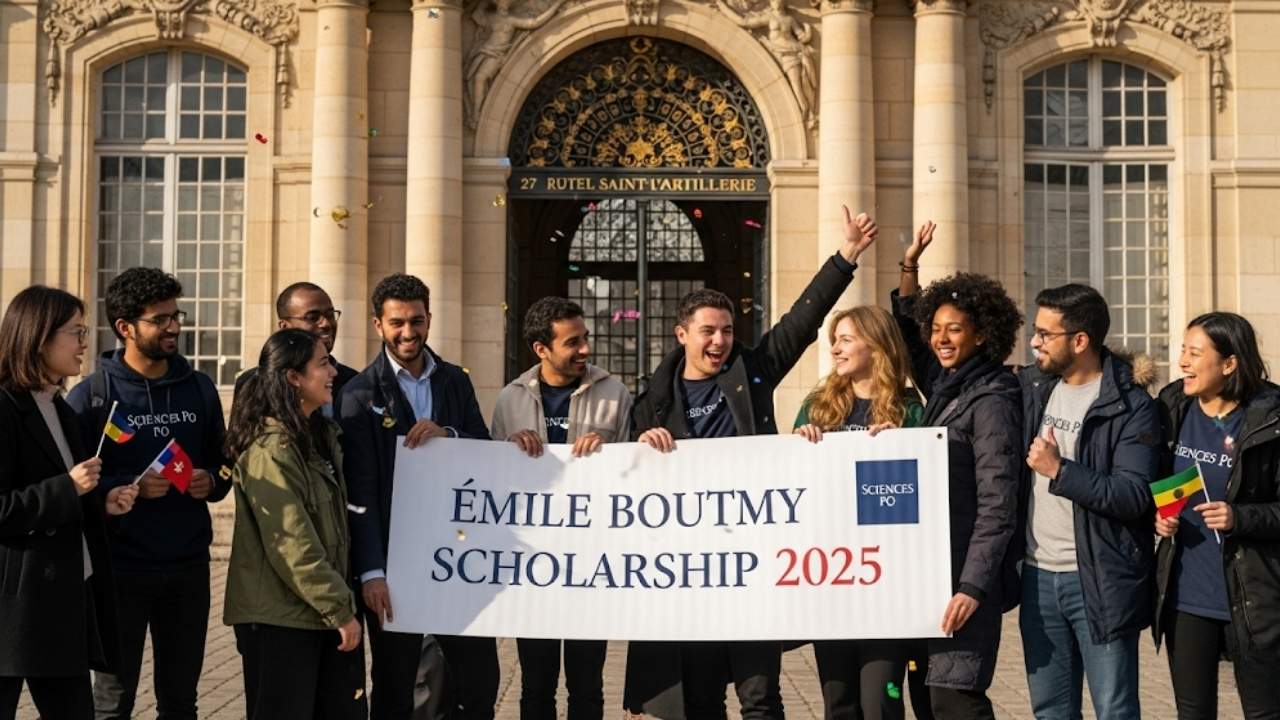Preparing your scholarship application documents to prepare during summer holidays for Spring 2026 intake is one of the smartest moves you can make to get ahead in the competitive world of higher education funding. This summer, while you have a little breathing room, is the perfect time to lay the groundwork for a successful application season. I know the process can feel overwhelming, but with a clear plan, you can transform this task from a source of stress into a journey of self-discovery and empowerment. In my experience advising students, those who start early are not only less stressed but also submit more polished and compelling applications. This guide will walk you through everything you need to prepare, step-by-step, to make your scholarship dreams a reality.

Scholarship application documents to prepare during summer holidays for Spring 2026
| Key Document/Task | Why It’s Crucial | Pro-Tip |
| Statement of Purpose (SOP) | This is your opportunity to tell your story and connect with the scholarship committee on a personal level. | Start with a powerful anecdote that shaped your academic or career goals. |
| Letters of Recommendation (LORs) | Strong LORs from credible recommenders validate your abilities and potential from a third-person perspective. | Approach your recommenders at least a month before the deadline and provide them with a “brag sheet” to highlight your achievements. |
| Academic Transcripts | They are the official record of your academic performance and a key indicator of your readiness for higher-level studies. | Request official copies from your institution early, and if necessary, get them officially translated. |
| Professional CV/Resume | A well-crafted CV provides a snapshot of your skills, experiences, and accomplishments. | Tailor your CV for each scholarship, highlighting the most relevant experiences and skills. |
Laying the Foundation: Your Core Academic Documents
Before you dive into writing compelling essays, it’s essential to get your foundational documents in order. These are the non-negotiables of almost every scholarship application.
Official Academic Transcripts
Your academic transcripts are the official record of your academic journey. They detail the courses you’ve taken and the grades you’ve received.
- What to do now: Contact the registrar’s office at your current and previous institutions to request official copies of your transcripts.
- Pro-tip: Request multiple copies. You may need them for various applications. If your transcripts are not in English, you will need to get them translated by an official translator.
Standardized Test Scores
Many scholarships, especially for graduate studies, require standardized test scores like the GRE (Graduate Record Examinations) or GMAT (Graduate Management Admission Test). For international students, proof of English proficiency through tests like TOEFL (Test of English as a Foreign Language) or IELTS (International English Language Testing System) is almost always mandatory.
- Summer task: If you haven’t already, register for these tests. Use the summer to prepare thoroughly. There are plenty of online resources and practice tests available.
- A word of advice: Aim to take your tests by the end of summer to ensure your scores are available well before application deadlines.

Crafting Your Narrative: The Personal Touch
These documents are your chance to shine as an individual and show the scholarship committee who you are beyond your grades.
The Heart of Your Application: The Statement of Purpose (SOP)
Your Statement of Purpose is arguably the most critical part of your application. It’s a personal essay where you articulate your academic and professional goals, your passion for your chosen field, and why you are the ideal candidate for the scholarship.
- How to approach it:
- Brainstorm: Spend time reflecting on your journey. What are your motivations? What have been the pivotal moments in your academic or personal life that have led you to this point?
- Outline: Structure your SOP with a clear introduction, body, and conclusion.
- Draft and revise: Write a first draft and then revise it multiple times. Get feedback from professors, mentors, or trusted friends.
Securing Strong Letters of Recommendation (LORs)
A strong letter of recommendation from a professor or a professional mentor who knows you well can significantly boost your application.
- Who to ask: Choose recommenders who can speak to your academic abilities, work ethic, and character.
- When to ask: Approach your potential recommenders during the summer. This gives them ample time to write a thoughtful and detailed letter.
- What to provide: Make their job easier by providing them with your CV, a draft of your SOP, and information about the scholarships you are applying for. I’ve seen many successful applicants create a “brag sheet” that summarizes their key achievements.
Showcasing Your Experience: The Professional Angle
Your experiences outside the classroom can be just as important as your academic record.
Your Academic and Professional CV
A curriculum vitae (CV) or resume for a scholarship application should be a comprehensive document that highlights your academic achievements, research experience, publications, presentations, awards, and relevant work or volunteer experience.
- What to include:
- Contact Information: Full name, address, phone number, and email.
- Education: List your degrees in reverse chronological order.
- Research Experience: Detail any research projects you’ve been involved in.
- Publications and Presentations: If you have any, list them in a standard citation format.
- Awards and Honors: Include any academic or extracurricular accolades.
- Relevant Skills: Highlight language skills, and technical or laboratory skills.
Here’s a piece of advice I always give my students: Think of your CV as a story. Each entry should contribute to the narrative of you as a dedicated and capable scholar in your field.
For the Creatives: The Portfolio
For students in fields like art, design, or architecture, a portfolio is a critical component of the application.
- Curate your best work: Select 10-15 of your strongest pieces that showcase your technical skills and unique artistic vision.
- Presentation matters: Digitize your work in high resolution and present it in a clean, professional online portfolio.
The Final Touches: Logistics and Financials
Don’t let logistical hurdles derail your application at the last minute.
Passport and Visa Preparations
- Check your passport: Ensure your passport is valid for at least six months beyond your intended period of stay. If you don’t have one, apply for it now.
- Research student visas: Familiarize yourself with the student visa requirements for your target countries. While you can’t apply for a visa until you have an acceptance letter, understanding the process will save you time later.
Gathering Financial Documents
Many scholarships, especially those that are need-based, will require you to submit financial documents.
- What you might need:
- Bank statements
- Proof of income for yourself or your parents/sponsors
- Tax returns
- A formal “Affidavit of Support” or sponsorship letter
Start gathering these documents over the summer to avoid a last-minute scramble.

Your Summer Action Plan: A Checklist for Success
- [ ] Research and Shortlist Scholarships: Create a spreadsheet to track deadlines and requirements.
- [ ] Request Academic Transcripts: Order official copies from all your previous institutions.
- [ ] Register for Standardized Tests (if needed): Book your GRE, GMAT, TOEFL, or IELTS exams.
- [ ] Draft Your Statement of Purpose: Start brainstorming and outlining your personal essay.
- [ ] Identify and Approach Recommenders: Give them plenty of notice and the necessary materials.
- [ ] Update Your CV/Resume: Tailor it to highlight your academic and professional achievements.
- [ ] Curate Your Portfolio (for creative fields): Select and digitize your best work.
- [ ] Check Your Passport and Research Visas: Ensure your travel documents are in order.
- [ ] Gather Financial Documents: Collect any required proof of income or bank statements.
- [ ] Proofread Everything: Before you submit your applications in the fall, have a fresh pair of eyes review all your documents.
Canada’s Biggest Lester B. Pearson International Student Scholarships 2026 Open: Your Ultimate Guide
FAQs
Q1: When are the actual application deadlines for the Spring 2026 intake?
A: For Spring 2026 intake, the application window is typically during the preceding fall semester. You should expect most deadlines to fall between September and November of 2025. However, this can vary significantly between countries and institutions, with some deadlines as early as August 2025. It is absolutely crucial to check the official website for each specific scholarship you plan to apply for and mark those dates on your calendar.
Q2: What is a transcript evaluation (e.g., WES), and will I need one?
A: A transcript evaluation is a service that assesses academic credentials from one country and converts them into their equivalents in another country’s education system (for example, converting your home country’s percentage or grading scale into a US GPA). Organizations like World Education Services (WES) provide these official evaluations. Many universities in the United States and Canada require this for international applicants. You must check the admission requirements for each university to see if an evaluation is mandatory. If it is, start the process early, as it can take several weeks to complete.
Q3: Who can I ask for a Letter of Recommendation if I wasn’t very close to my professors?
A: While academic recommendations are often preferred, it’s more important to get a strong, detailed letter from someone who knows you well. Consider asking a manager or supervisor from a recent job or internship, a faculty advisor for a club you were active in, or a mentor from a significant volunteer position. A glowing letter from a supervisor who can speak to your work ethic, skills, and character is far more valuable than a generic letter from a professor who barely remembers you.
Q4: How much money do I need to show for the “Proof of Funds” requirement?
A: The amount required for proof of funds varies dramatically based on the country, the city, and the specific university’s cost of attendance. If you are applying for a partial scholarship, you will need to prove you can cover the remaining amount. The best place to find this information is on the university’s official international admissions or financial aid website. They will provide a detailed breakdown of the estimated cost of attendance for one academic year, which is the figure you typically need to match.










